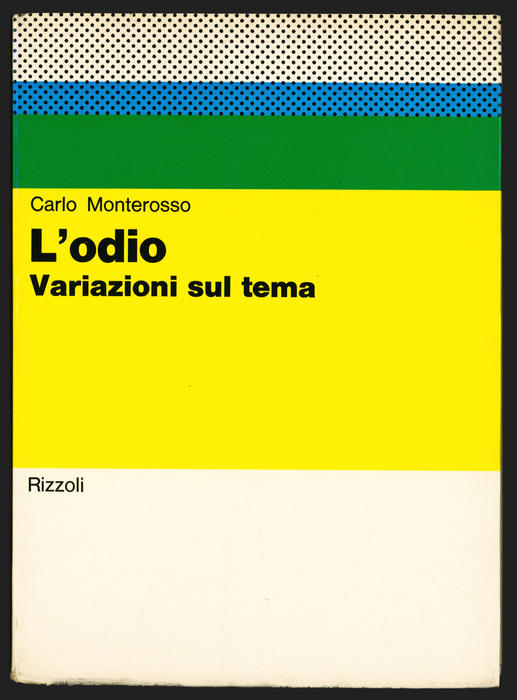Documenti Letterari
Bruno Munari, 1969
Part of Sezione Tascabili
Literary experiments, essays on literature, history of literature: the identity of the "Documenti letterari" (literary documents) series was never made explicit even by Rizzoli in the advertisements of the time. Released in conjunction with the "Saggi" and the "Collana Storia", it was interrupted after a few years, between 1972 and 1973, with less than twenty volumes published.
The covers, however, are a clear expression of Bruno Munari's "playful" approach, more than other editorial projects for Rizzoli. Fixed a horizontal band of repeated black dots, two other colored bands surround the title, and a third band results from the overlapping of the inks. The palette is mainly composed of primary and secondary colors, but there are exceptions, such as a pink and blue box containing two volumes of Tolstoj.
This solution will be reused by Munari for Einaudi's Centopagine, with repeated illustrations in place of dots, and colored horizontal bands. And looking at Rizzoli's context, it's not far from the previous and more famous project for the covers of the Saggi Rizzoli, whose title breaks a vertical colored band.
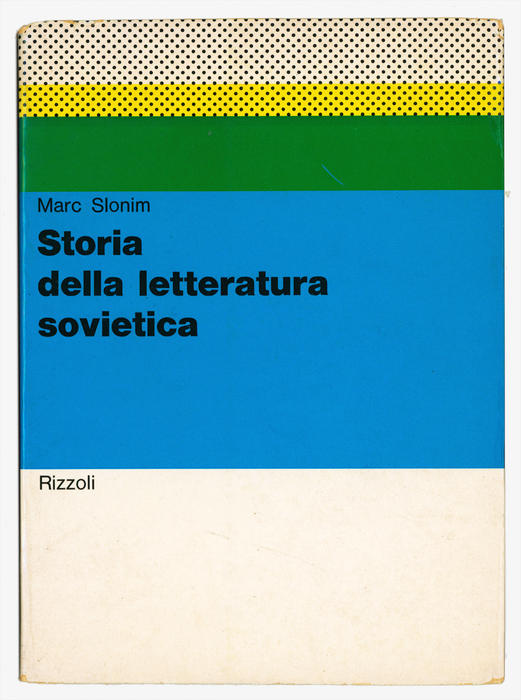
Marc Slonim, "Storia della letteratura sovietica"
Documenti Letterari 4, August 1969 (1st edition)
Carlo Monterosso, "L’odio. Variazioni sul tema"
Documenti Letterari 7, February 1970 (1st edition)
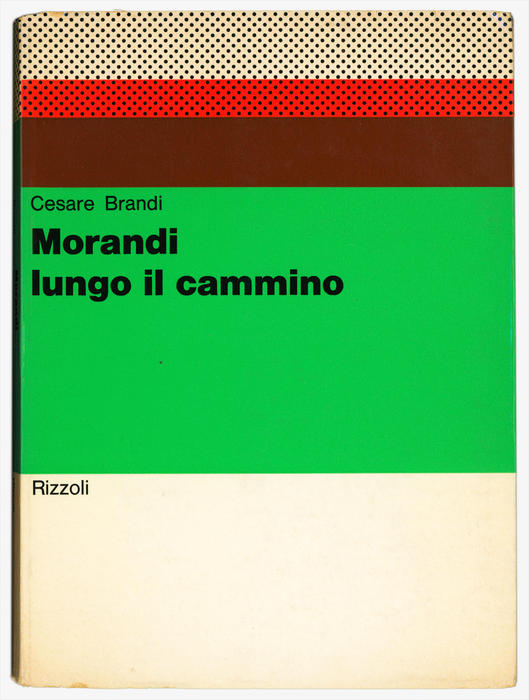
Cesare Brandi, "Morandi lungo il cammino"
Documenti Letterari 8, March 1970 (1st edition)
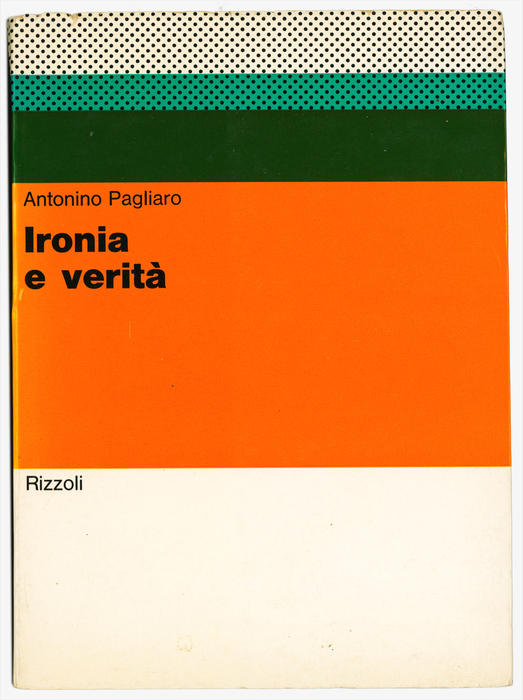
Antonio Pagliaro, "Ironia e verità"
Documenti Letterari 10, March 1970 (1st edition)
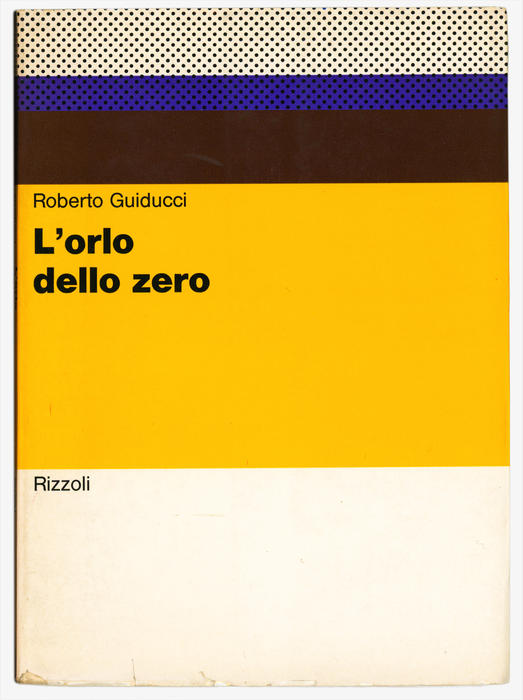
Roberto Guiducci, "L’orlo dello zero"
Documenti Letterari 11, September 1970 (1st edition)
Rizzoli
Angelo Rizzoli began publishing activity in the first postwar period by taking over 4 periodicals from Mondadori, including "Donna" and "Novella", relaunching them successfully. The interest in the publication of books was also extended, in 1949 BUR, the Rizzoli Universal Library, was founded, which publishes ancient and modern literary works at affordable prices, so favorably received by the public that it is still present today as a brand. Shortly after Angelo's death, the Rizzoli family concluded the purchase of Corriere della Sera in 1974. In the 1980s the entire company was restructured with the creation of the RCS Libri brand and the control of Bompiani, Fabbri Editori, Sonzogno, Sansoni and Etas. In 2015 the group was sold to Mondadori, which thus became the largest Italian publishing house by turnover.
Bruno Munari
Inventor, artist, writer, designer, architect, but above all I play with children, as he himself called himself. Born in Milan in 1907, after his first experiences in futurist exhibitions he went into advertising in 1929 as a sketchist and illustrator, then collaborating with Studio Boggeri. In the 1950s he started his activity as a designer by designing lamps, ashtrays, mobile fountains, travel sculptures, multiples. He obtained the Compasso d'Oro in '54, '55 and '79, the latter for designing, with others, the Modulo font. Particularly active in the field of publishing and teaching, he designs books and games for children including the famous pre-books, thanks above all to the long and fruitful collaboration with the Corraini publishing house. He died in 1998 in his hometown.
